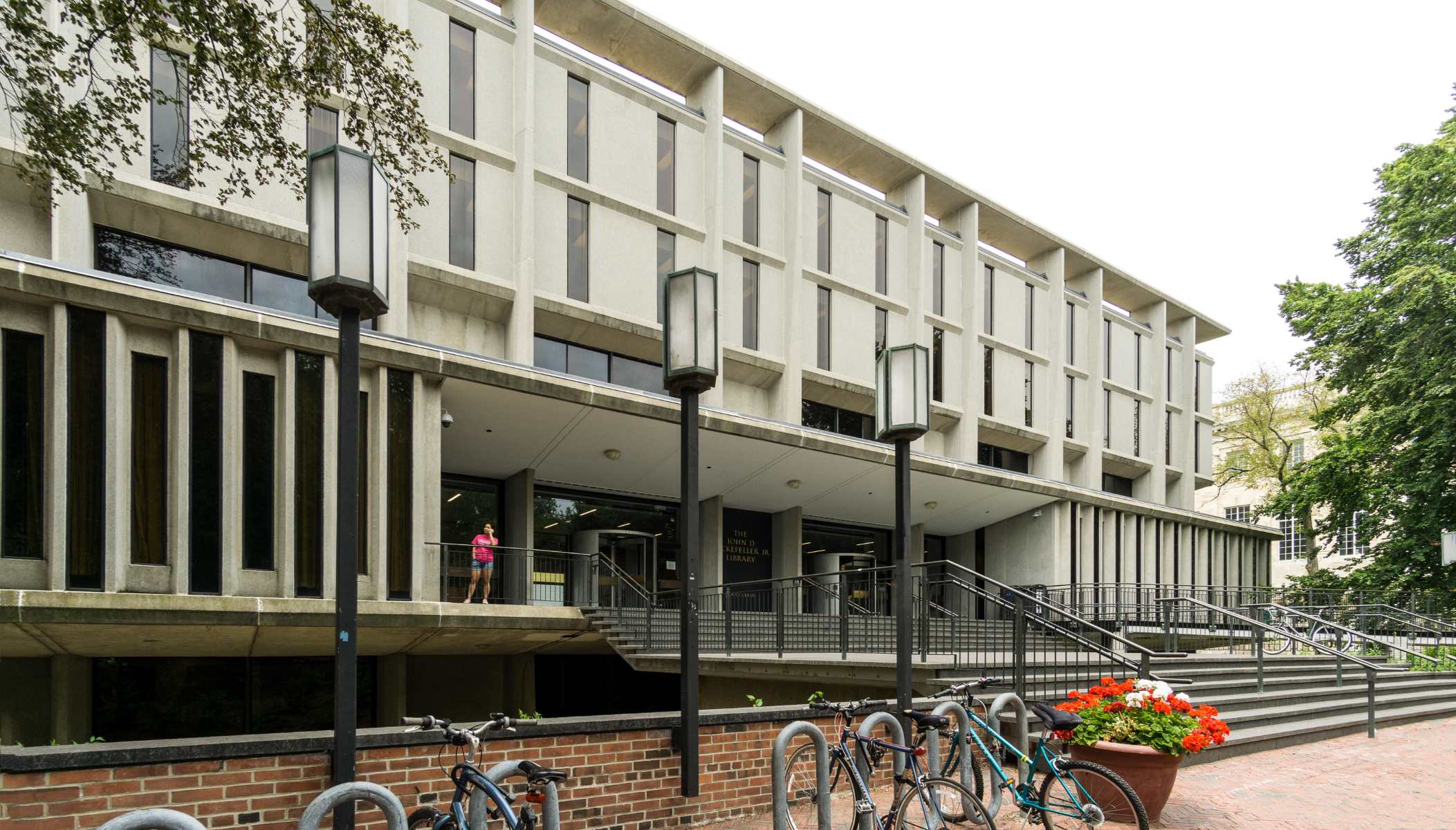
John D. Rockefeller Jr. Library is a renowned landmark that stands as a testament to the legacy of one of America’s most influential figures, John D. Rockefeller Jr. Located in the heart of New York City, this iconic library boasts a rich history and offers a wealth of knowledge for both locals and tourists.
In this article, we will delve into the enigmatic facts about the John D. Rockefeller Jr. Library, unearthing fascinating details that shed light on its significance and allure. From its impeccable architectural design to the rare collections housed within its walls, there is much to discover about this remarkable institution.
So, prepare to embark on a journey of exploration as we unveil the secrets and mysteries surrounding the John D. Rockefeller Jr. Library. Whether you are a history buff, an architecture enthusiast, or simply curious about this majestic landmark, you are sure to be captivated by the intriguing facts that lie ahead.
Key Takeaways:
- The John D. Rockefeller Jr. Library in Colonial Williamsburg is a modern treasure trove of knowledge, attracting scholars and history enthusiasts from around the world.
- Named after philanthropist John D. Rockefeller Jr., the library’s neoclassical architecture and vast collection of books make it a symbol of education and culture.
The Rockefeller Library is located in Colonial Williamsburg.
Situated in the heart of Colonial Williamsburg, the library stands as a testament to the rich history and cultural heritage of this iconic American town.
It was built in 1983.
The construction of the John D. Rockefeller Jr. Library was completed in 1983, making it a relatively modern addition to the historic district of Williamsburg.
The library was named after philanthropist John D. Rockefeller Jr.
John D. Rockefeller Jr., the son of famed industrialist John D. Rockefeller, was a prominent philanthropist who made significant contributions to various educational and cultural institutions.
It houses a vast collection of books and manuscripts.
The library boasts an extensive collection of books, manuscripts, and archival materials, covering a wide range of subjects such as American history, literature, and fine arts.
The Rockefeller Library is a research library.
Designed to primarily serve the research needs of scholars, the library provides a conducive environment for in-depth academic exploration and intellectual pursuits.
It features stunning neoclassical architecture.
Adorned with elegant neoclassical architectural elements, the library’s exterior showcases grand columns, intricate detailing, and a timeless aesthetic that adds to its allure.
The library offers various educational programs and events.
In addition to its research services, the John D. Rockefeller Jr. Library presents educational programs, lectures, and exhibitions to promote lifelong learning and engage with the local community.
It is a popular destination for scholars and history enthusiasts.
The library attracts scholars, researchers, and history enthusiasts from around the world, who come to dive into the wealth of knowledge and resources available within its walls.
The library is part of the Colonial Williamsburg Foundation.
Managed by the esteemed Colonial Williamsburg Foundation, the Rockefeller Library remains deeply rooted in the preservation and celebration of American history and culture.
It offers modern amenities for a seamless research experience.
While steeped in history, the library is equipped with modern amenities such as digital databases, online catalogs, and comfortable study spaces to enhance the research experience for its visitors.
The Rockefeller Library is a symbol of philanthropy and legacy.
The establishment of the library and its continued operations speak to the enduring legacy of John D. Rockefeller Jr., whose dedication to education and culture continue to benefit generations to come.
Conclusion
The John D. Rockefeller Jr. Library is a fascinating landmark filled with rich history and enigmatic facts. From its unique architectural design to its extensive collection of books and manuscripts, this library has captivated visitors for decades. Whether you’re a history enthusiast, a book lover, or simply curious about the life and legacy of John D. Rockefeller Jr., a visit to this library is a must. Explore its hidden treasures, marvel at its grandeur, and immerse yourself in the stories contained within its walls. The library continues to serve as a testament to the enduring legacy of this influential figure and a tribute to the power of knowledge and education.
FAQs
1. What is the significance of the John D. Rockefeller Jr. Library?
The John D. Rockefeller Jr. Library is significant for its association with John D. Rockefeller Jr., a prominent philanthropist and businessman. It was constructed as part of his vision to provide educational resources and promote learning.
2. Can visitors access the library’s collection?
While the library primarily serves as a research facility, visitors can access certain sections of the collection by appointment. Guidelines and restrictions may apply, so it is recommended to contact the library in advance.
3. Are there guided tours available?
Yes, guided tours of the library are available. They provide insightful information about the architecture, history, and notable features of the library. Check with the library’s visitor center for the tour schedule and details.
4. Are there any special exhibitions or events held at the library?
Yes, the John D. Rockefeller Jr. Library often hosts special exhibitions and events related to its collection and the life of John D. Rockefeller Jr. These events provide a deeper understanding of the library’s significance and offer unique opportunities for learning and exploration.
5. Is photography allowed inside the library?
Photography is generally not allowed inside the library due to conservation and copyright concerns. However, visitors may be allowed to take photographs in designated areas or during specific events. It is best to inquire about the photography policy when making arrangements for a visit.
Discover more fascinating stories behind iconic figures and places. Delve into the life of historian Bernard Bailyn and his groundbreaking historical research. Explore the rich Virginia history of Newport News through 50 captivating facts. Uncover the legacy of American history by learning 12 surprising facts about Sam Houston.
Was this page helpful?
Our commitment to delivering trustworthy and engaging content is at the heart of what we do. Each fact on our site is contributed by real users like you, bringing a wealth of diverse insights and information. To ensure the highest standards of accuracy and reliability, our dedicated editors meticulously review each submission. This process guarantees that the facts we share are not only fascinating but also credible. Trust in our commitment to quality and authenticity as you explore and learn with us.


